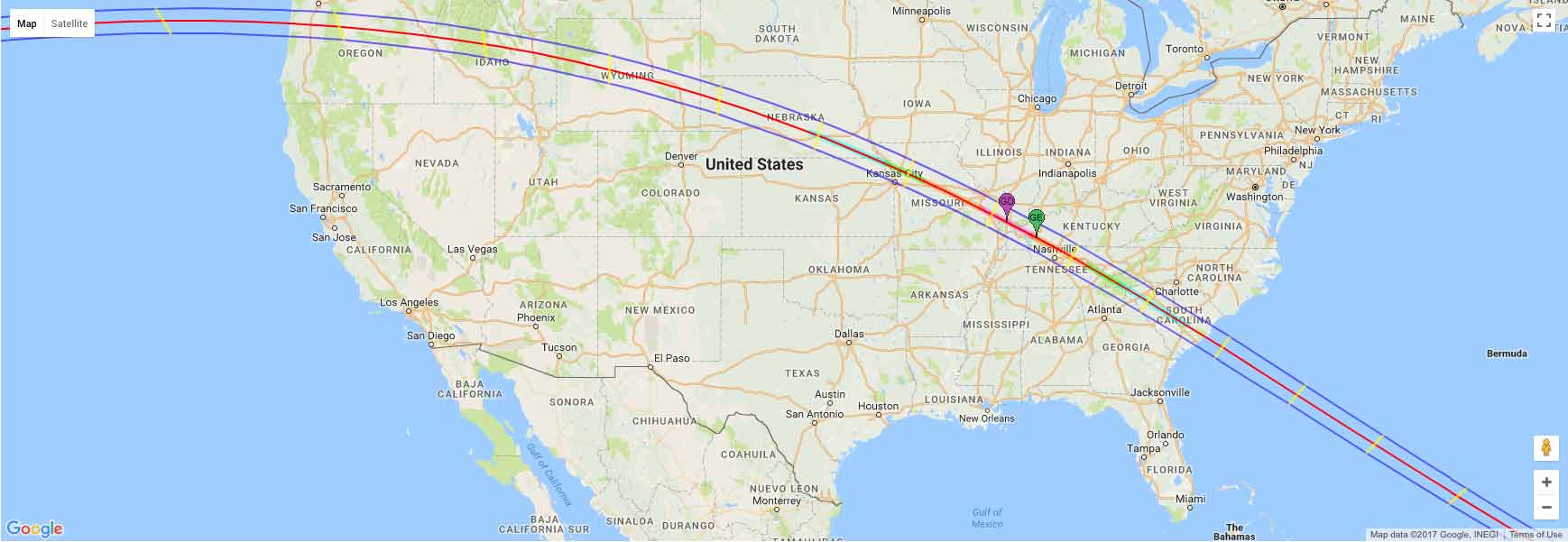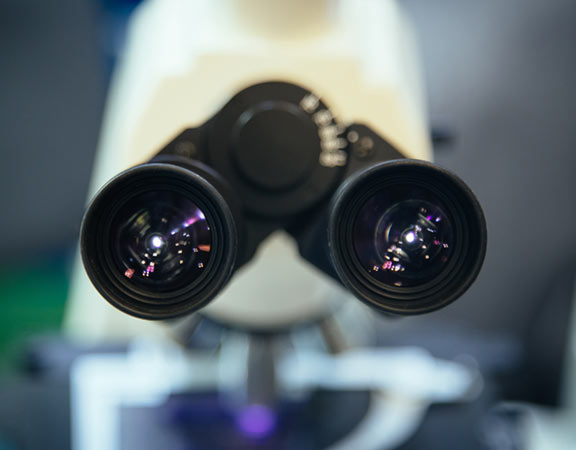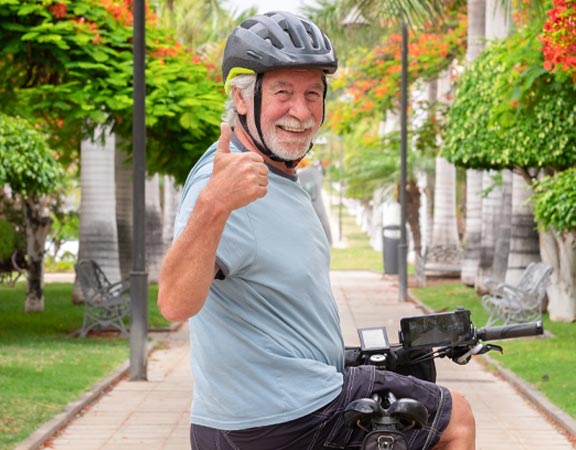About Us: Total Solar Eclipse
How to Protect Your Eyes During the August 21 Total Solar Eclipse
Recently our Doctors have heard the following question from patients a lot. "What kind of eye protection should I get and wear during the
upcoming solar eclipse? How can I protect my eyes from possible damage?"
Although Florida is not in the direct path, Floridians are in for a real treat in the sky this summer. On Monday, August 21, 2017, the nation will experience a total solar eclipse, dubbed the Great American Eclipse for its North American path, lasting approximately 2 to 3 hours.
What makes the eclipse on August 21 so special is that it will cut diagonally across the United States.

Visible total solar eclipses are very unusual, on average they only occur every 18 months, two totalities for every three years. They are visible from some place on the Earth’s surface and mostly happen in the middle of nowhere like the South Pacific or Antarctic. What makes the eclipse on August 21 so special is that it will cut diagonally across the United States.
It is said to be one of the most exciting sky events to watch, it is also very important to know how to watch an eclipse safely, because looking directly at the sun can seriously damage your eyes.
As mesmerizing as watching a solar eclipse will be, it can pose some serious eye health concerns and could even lead to severe, permanent vision loss from a condition called solar retinopathy.
The American Academy of Ophthalmology and the American Astronomical Society are working together to make sure everyone knows how to watch the coming eclipse safely. Looking directly at the sun, even while it's partially eclipsed, can permanently damage vision or blind you.
The August 21, 2017, total solar eclipse will be a once-in-a-lifetime event for many people. A little preparation now can ensure that you and your family enjoy the event and keep your eyes healthy.
Keep in mind that ordinary sunglasses, even very dark ones, or homemade filters are not safe for looking at the sun.
Steps to follow for safely watching a solar eclipse:
- Most important and an absolute necessity is to purchase "Eclipse Glasses", they need to be CE and ISO Certified Safe Solar Eclipse Glasses with Filters. The glasses solar viewing materials should be optical density 5 or greater and are "CE" certified and verified to be compliant with the ISO 12312-2 international safety standard.
- Carefully look at your solar filter or eclipse glasses before using them. If you see any scratches or damage, do not use them.
- Always read and follow all directions that come with the solar filter or eclipse glasses. Help children to be sure they use handheld solar viewers and eclipse glasses correctly.
- If you are watching the eclipse with your children, always supervise them using solar filters.
- The only time that you can look at the sun without a solar viewer is during a total eclipse. When the moon completely covers the sun’s bright face and it suddenly gets dark, you can remove your solar filter to watch this unique experience. Then, as soon as the bright sun begins to reappear very slightly, immediately use your solar viewer again to watch the remaining partial phase of the eclipse.
- Never look at the uneclipsed or partially eclipsed sun through an unfiltered camera, telescope, binoculars or other similar devices. This is important even if you are wearing eclipse glasses or holding a solar viewer at the same time. The intense solar rays coming through these devices will damage the solar filter and your eyes.
- Talk with an astronomy-gear expert if you want to use a special solar filter with a camera, a telescope, binoculars or any other optical device.
For information about solar eclipses, where to get the proper eyewear or handheld viewers, check out our Facebook page. Eclipse safety information provided by the American Academy of Ophthalmology and the American Astronomical Society.
Information about NASA Interactive Map image shown:
- Map centered on (latitude, longitude): (36.9664° N, 87.6709° W)
- Cursor position (latitude, longitude): (15.9613° N, 155.3027° W)
- Distance from last marker:
- GE = Greatest Eclipse. This is the instant when the axis of the Moon's shadow cone passes closest to Earth's center.
- GD = Greatest Duration. This is the location along the center line of the path of totality where totality lasts the longest.
More information at NASA.gov.



